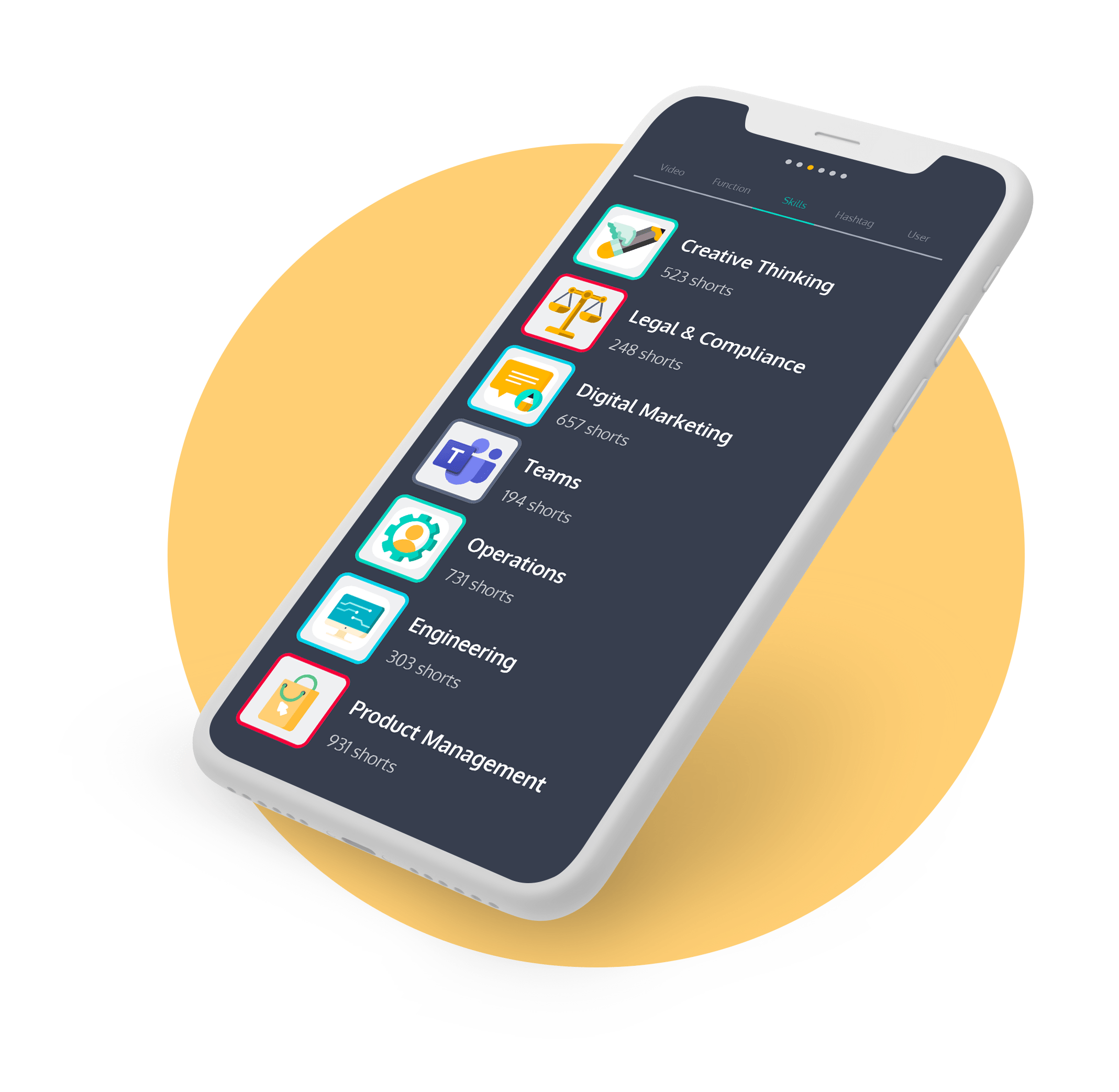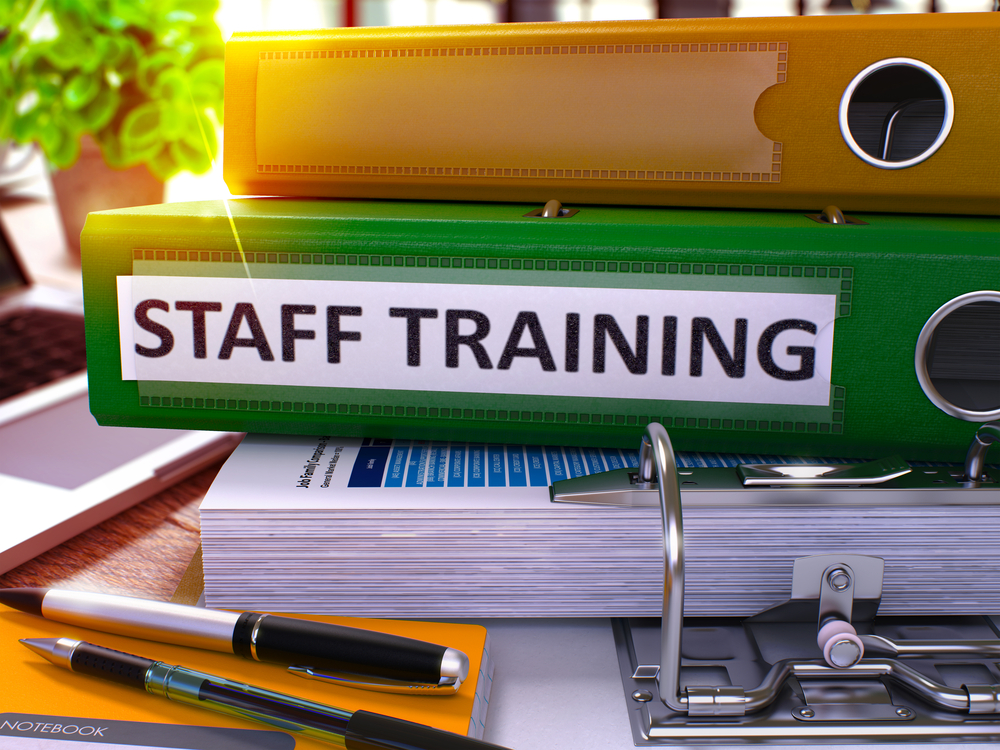Unlock the secrets to empowering your workforce with top-notch skills. In this blog, inspired by Stephen Goldberg's insightful video, we delve into the seven foolproof steps for highly effective employee training. Whether you're a leader, manager, or a fellow employee, these steps are your gateway to success.
Understanding the WHY: Linking Learning to Job Success
Don't build your skills training on shaky ground! Before launching into modules and quizzes, lay the foundation by making the connection: explain the "why" behind the task. Is mastering data analysis crucial for driving customer insights? Does honing communication skills unlock team synergy and project success? Clearly highlighting the correlation between individual skill development and broader organizational goals is the game-changer. Think of it as drawing a map – showing trainees how their efforts directly impact the company's journey. This not only boosts motivation, but also ensures you're developing the right skills for the right reasons. Remember, training aligned with purpose is training primed for impact. So, ignite the "aha!" moment in your trainees – show them how their skill climb leads to organizational peaks, and watch their engagement and performance soar!
Breaking Down Complexity
Forget "throw them in the deep end"! Step two of successful skills development revolves around the art of breakdown: deconstructing tasks into clear, understandable procedures. Think of it as building a bridge, providing step-by-step instructions that guide trainees across the complexities of the task. Imagine meticulously dissecting a complex sales call into its stages: initial contact, qualifying leads, negotiating terms, and closing the deal. By providing crystal-clear instructions, you ensure everyone grasps the nuances of each step, preventing confusion and fostering confidence. Remember, clarity breeds competence. This foundation of understanding empowers trainees to tackle the task with precision, minimizing errors and maximizing learning outcomes. So, ditch the ambiguity and embrace the power of detailed breakdowns – watch your training bridge the gap between novices and skilled performers!
The Power of Demonstration
Step aside, dry lectures! In the world of effective skills development, seeing truly is believing. The third phase, demonstration, unlocks the power of visual learning. Imagine witnessing a seasoned pro navigate a challenging data analysis task, showcasing efficient techniques and highlighting potential pitfalls. Witnessing modeling excellence not only provides a clear roadmap, but also inspires trainees to emulate the mastery they see. Remember, visual cues bypass cognitive barriers and directly activate neural pathways, fostering deeper understanding and faster skill acquisition. This "show, don't tell" approach fosters a culture of mastery, where observing excellence becomes its own form of inspiration and motivation. So, unleash the power of demonstration – let trainees witness the artistry of the task, and watch them confidently replicate the moves of the masters!
Hands-On Learning: Observing and Correcting
Dive into the heart of skill acquisition – hands-on experience. Step four transforms trainees from passive observers to active participants. Through practice, observation, and real-time feedback, employees refine their process, learn from their mistakes, and gradually internalize the task's intricacies. Remember, research shows hands-on learning boosts knowledge retention and problem-solving skills. This feedback loop fosters engagement, builds confidence, and ensures mastery. So, let go of the training wheels and embrace the messiness of real-world practice – watch your trainees transform from novices to skilled practitioners!
Nurturing Confidence: Feedback and Coaching
Feedback isn't a post-script, it's a power tool! Step five unveils the transformative magic of structured feedback. Imagine an athlete receiving pointers after a sprint, not just praise but also areas for improvement. This potent blend builds confidence, knowing their efforts are valued, while constructive criticism propels them to refine their technique. Remember, research shows feedback-rich environments trigger neuroplasticity, literally rewiring our brains for learning. But feedback isn't a one-time event; it's the fuel for ongoing coaching. Think of mentors as skilled navigators, providing guidance and encouragement over the long haul. This continuous loop of feedback and improvement fosters a growth mindset, propelling individuals towards mastery. So, unleash the power of feedback – watch your trainees flourish under the guidance of constructive criticism and discover the joy of continuous improvement!
Building Assurance: Expressing Confidence
Forget motivational posters, the real secret weapon in skills development lies in step six: unwavering belief. It can be as simple as telling your employees "you've got this" as they try out their newly acquired skills. Seemingly simple acts of reinforcing confidence can be a psychological powerhouse. Research shows strong self-belief activates neural networks linked to motivation and performance, while undermining it creates anxiety and hinders learning. By expressing faith in your employees' abilities, you unlock their potential, transforming training achievements into real-world confidence. Think of it as injecting a growth serum – their belief in themselves blossoms alongside their skills, driving them to tackle challenges with newfound courage and competence. So, ditch the doubts and embrace the power of unwavering belief – watch your employees soar when you become their biggest cheerleader!
Sustaining Mastery: The Art of Regular Follow-Up
Don't let the learning flame flicker out! Wrap up your skill development journey with step seven – regular follow-ups. Think of it as building a bridge back to the real world, ensuring a smooth transition from training to on-the-job mastery. The follow-up formula is like a well-crafted recipe, with the right ingredients tailored to the complexity of the task. For intricate skills, frequent check-ins and targeted support provide a safety net for navigating initial challenges.
Simpler tasks might require only occasional nudges to reinforce good habits and prevent backsliding. The key is timeliness and relevance, keeping the training fresh in their minds and addressing real-world application hurdles. Remember, follow-ups aren't just about checking boxes; they're about creating a feedback loop that sustains momentum and drives long-term behavioral change. So, pick up the phone, schedule a coffee chat, or send a quick email – every touchpoint keeps the learning flame burning bright, illuminating the path to sustained mastery for your skilled workforce!
This blog was inspired by the invaluable insights from Stephen Goldberg. Dive into the world of privacy governance at 5mins.ai for continuous learning.
- Get in touch
-
EN




